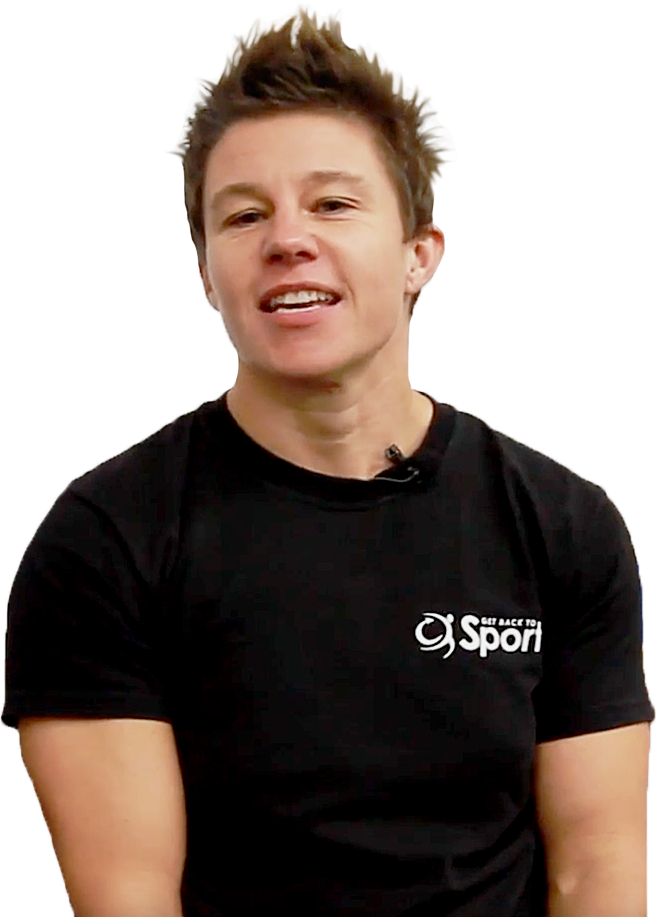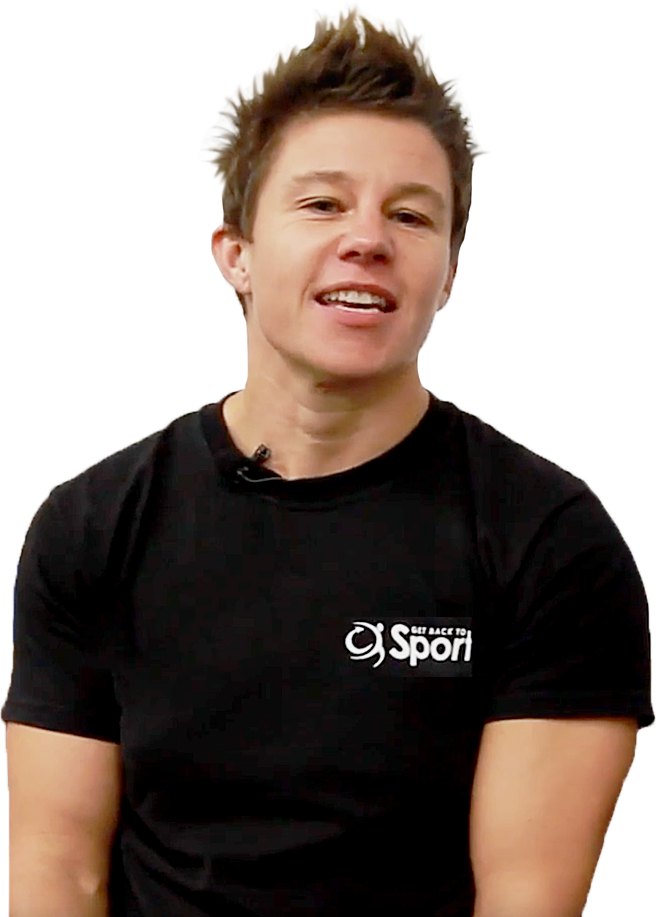Strength & Conditioning For Therapists
The formula to optimise patient outcomes
Achieve continued improvements in patients’ strength outcomes. Adapt and modify traditional resistance training exercises without losing the specificity and strength gaining stimulus within 40 days. Step-by-step process, with full personal support along the way.

Watch the video to find out more…
Register below to be first to hear the details AND access priority registration and great bonus content.
Price: £375 (monthly payment plan available)

If you’re a therapist, clinician or rehabilitation professional searching for information on strength and conditioning and how to effectively use the principles to enhance your patient outcomes and accelerate your practice, then you already know you need to find course that specialises in applying strength and conditioning to clinical practice and rehabilitation.
SO, I’ll spare you the spiel
No need to convince you of the limitations of 3 sets of 10 and those generic exercise sheets.
You probably already know that a different approach to resistance conditioning is possible and that with the right information, it can dramatically improve the effectiveness of your rehabilitation interventions, and of course patient outcomes.
You probably also recognise that we’ve known for some time that lifting heavy weights for few repetitions is a better prescription to optimally build muscle strength compared to light weights for many repetitions*

Here's what you might not know
Achieve the exact outcomes you want for your patients in a faster time
Specificity is key! You understand the limitations of prescribing 3 sets of 10, but through learning about the concept of specificity you will appreciate why. AND you will be able to optimise your resistance exercise prescriptions to elicit the exact outcomes you want to achieve.
Instantly adapt exercise without losing the specificity
Regression and progression of exercise requires additional thought for patients. You may recognise that regression of resistance exercises with patients typically involves reducing the load or resistance, but this is not effective if you want to achieve a strength-building stimulus! Learn several fantastic techniques to modify exercise to accommodate clinical issues whilst still maintaining the specificity of the exercise – i.e. keeping the intensity the same.
Manage multiple rehabilitation outcomes – effectively
Rehabilitation very rarely involves focus on a single element of function, but trying to do all things at once can mean doing nothing effectively. Periodisation is key here. Knowledge of the ‘what’ and the ‘why’ is important and that an adapted periodisation model applied properly can enable effective adaptation across a range of rehabilitation outcomes over time
Generate consistently better patient outcomes
You can see the gaping hole between currently taught exercise prescription for therapists and the best, most relevant strength and conditioning practice. Acquisition of the most pertinent information, techniques and practical strategies will enable you to bridge that gap and thus create the most effective resistance-based rehabilitation plans for your patients!
Reduce wasted time and effort (and money!)
Having developed a superior approach to resistance exercise prescription will mean that you don’t manage patients on the fly or prescribe sub-optimal and overly lengthy training plans. Both you and your patents will achieve the greatest ‘bang for the buck’, and your patients will be able to progress more quickly.
Even though the motivation to bridge the gap between strength and conditioning and rehabilitation is clear,
the path to actually doing it
is anything but.
Where to look, what to do?
Perhaps in your lunch breaks or evenings you’ve Googled anything to do with ‘strength and conditioning for therapists’, you’ve listened to some great podcasts, you’ve trawled Twitter and Instagram for prominent names in the field.
You’ve probably discussed your frustrations with with colleagues and debated whether or not the only option is to embark on a lengthy strength and conditioning qualification by the NASM, UKSCA or other organisations.
But as an already busy therapist with huge numbers of patients to see, maybe evening work commitments and perhaps even a practice to manage as well, the prospect of studying for a further qualification is exhausting.
Furthermore, you may not even want to become a strength and conditioning coach. Maybe you just want to dip your toe into the S&C water first.
But, you’re still searching for that credible course that specialises in S&C for therapists and rehabilitation that you can pursue in your own time and that will take you step-by-step through the process.
You are a part of growing body of forward-thinking therapists with aspirations to leverage strength and conditioning to up your game and do better for your patients (and your business).
Otieno Martin Ong’wen
Physiotherapist,
Kenya
James Smith
Osteopath,
England
Steve Barr
MSK Therapist,
England
Bex Townley
Exercise Professional,
England
Sue Walsh
Associate Athletic Director for Sports Medicine,
USA
Mark Redican
Physical Therapist,
Ireland
The 3 main reasons why therapists haven’t got the training they need

Most Physiotherapy, Sports Therapy, Osteopathy and other Therapy-focussed qualifications don’t teach the up to date approach to exercise prescription.
3 sets of 10 with no markers of intensity, progression or rationale still permeates through the curriculum. Once qualified, you must first discover the gaps in your knowledge and then search out how to fill them. Strength and conditioning courses for Therapists don’t typically exist.
In a busy and well-established clinic or practice, there can be a tendency to revert to the ‘what we’ve always done’ approach.
It can be difficult as a junior member of staff to challenge this and encourage new, evidence-based ways of thinking, let alone find a new formula to follow.


Strength and conditioning is a massive topic and it can be daunting to navigate if you’re not looking to pursue another qualification.
Identifying the most pertinent concepts and principles as well as guidance on how to apply them can be an impossible task if you’re not sure where to start.
Introducing...
Strength & Conditioning for Therapists
The formula to optimise patient outcomes
I’ve taken everything I’ve learned from the last 22 years working in the fields of academia, the NHS, and in private practice as a Senior Lecturer, Principal Researcher and practitioner and channeled it into a comprehensive step-by-step, evidenced-based implementation programme that not only teaches you the fundamental theory of strength and conditioning, but the actual execution of how to apply this into rehabilitation.
Since completing my PhD 15 years ago, I’ve been honoured to hold several senior positions, work within brilliant multidisciplinary teams, with elite athletes and lead several clinical trials as well as change clinical practice through my research. All of these experiences have helped illustrate this gap in knowledge and more importantly the key practical strategies that therapists need to continue making a difference.
Strength & Conditioning for Therapists
isn’t so much a training programme, but an implementation programme
Yes, you’ll learn the theory behind everything that you do, but more importantly you’ll have a step-by-step formula to integrate the essential strength and conditioning principles into your rehabilitation practice.
The end result, an incredible transformation of yours and your patients’ rehabilitation outcomes.
Strength & Conditioning for Therapists
is the first programme of its kind…
- That presents the most pertinent strength and conditioning research that will make the most difference to your therapy practice, presented in an accessible format. This programme is online so that you can progress at your own pace, while also taking advantage of the support as and when you need it.
- To provide a clear step-by-step approach to strength and conditioning especially designed for therapists and that will encourage new ways of thinking. This course provides you with the essential information you need to bridge the gap between therapy and conditioning.To formulaically take you through how to implement the strength and conditioning principles that will revolutionise your rehabilitation prescription so that you can easily apply what you’ve learnt to optimise your rehabilitation programmes with each and every patient.
- To formulaically take you through how to implement the strength and conditioning principles that will revolutionise your rehabilitation prescription so that you can easily apply what you’ve learnt to optimise your rehabilitation programmes with each and every patient.
Even though the therapy world is beginning to acknowledge the need to integrate strength and conditioning principles within rehabilitation to enhance patient outcomes, it’s not happening at scale.
Despite all the knowledge we have on the concepts of specificity and periodisation and how these can dramatically improve patient outcomes in a faster time, this is not integrated into standard therapy practice.
The main reasons for the above are there is a lack of specialist knowledge and credible courses that actually teach therapists how to accomplish these things.

Lengthy sports-focussed qualifications are often impossible or unappealing for the jobbing therapist. And the ability to find a free weekend in a busy schedule to attend the odd in-person course can be challenging, especially when you don’t reside in the same country!
The main solution to all of this is a step-by-step online strength and conditioning course, designed especially for therapists and delivered by a specialist in the field.
And with your permission, I’d like to show just that.
Find out more about the modules included in this course
Module 1
Mastering Strength
Get super clear on what muscle strength is, and importantly what it isn’t and why this matters!
This module lays the foundations for the whole course. In it we will challenge the general understanding of what muscle strength is and go back to basics to get clear on some of the key terms and definitions.Having clarity on these standardised and basic things is so important to ensure a coherence between professionals.
You’ll learn what the key components of muscle strength are and thus some of the factors that modulates strength performance, which will come in useful in the next module!
We will explore other aspects of neuromuscular function and where strength sits in the hierarchy of importance for dynamic joint stability and function. In doing so, it will become crystal clear why we’re focussing principally on muscle strength in this course.
We also address the ever popular 3 sets of 10 and break down why this isn’t a good exercise prescription for strength gain. Fear not, you will learn what to replace it with and what the optimal loading for muscle strength gain is. As well as this we cover how to prescribe exercise to patients using the repetitions maximum principle.
Module 2
Getting Focused
Now that you’re super clear what muscle strength really is, why it’s important for joint stability and function it’s time to introduce some new concepts that will improve the focus of your rehabilitation prescriptions even more.
In this module you will discover the three most important strength and conditioning principles that will revolutionise each and every exercise and rehabilitation prescription you make. And they’re so simple to apply.
We talk about patient instruction and language and explore the implications of working to fatigue versus working to failure. Importantly, you’ll lean how to avoid the deleterious effects of giving the right information but in the wrong way.
The concept of conditioning efficacy describes how well your exercise prescription delivers the exact outcomes you want for your patient. Here you will learn and apply 3 simple strategies to keep your rehabilitation on track and super focussed.
There are also some fun experiments that exemplify the importance of neural drive and recruitment to strength performance and adaptation and specifically how you can use this with patients.
Module 3
Designing Effective Programmes
This is the module where we answer that elusive dose-response question – how much lifting do your patents need to do, how many times and for how long in order to optimally stimulate strength gains? By the end of this lesson you’ll be able to break things down into weekly and even sessional doses!
We also cover exercise progression and regression. We can decrease the load of an exercise to make it easier, however, in doing so we’re at risk of losing its specificity and the ability to maintain that maximal strength gaining stimulus. Fear not, here you will learn several effective ways to moderate difficulty but not specificity.
Finally, we end the module by bringing everything you’ve learnt so far together to develop an efficacious, progressive strength training programme. Incorporating the principles of specificity, overload and progression, conditioning efficacy and correct dosage and frequency, you will develop an 8-week programme that will ensure optimal stimulation of muscle strength adaptation throughout the entire programme!
And that’s not all. As an additional resource I have created a video library of upper and lower limb resistance exercises that you will have automatic access to as member of this course. You can access this at any time for inspiration for course tasks and naturally you can use it within your current practice.
Module 4
Rehabilitating Strength In Patient Populations
So now that you’ve mastered almost all you need to know about strength, programming and adaptation we need to get real. I mean it’s rare that you see anyone who is the fit and healthy individual we’ve hypothetically been talking about up to now. Right? You deal with patients on a daly basis who have pain, injury and clinical restrictions, so how can we apply what we’ve learnt to them?
In this module we cover some of the most common considerations you will have as a clinician when prescribing exercise and how they can impact the ability to engage in resistance training. Then comes the best bit. You will learn several effective methods to adapt exercise for patient populations while still maintaining the specificity! In doing do, we delve into the literature and review the efficacy of each method, just to make sure.
Finally, and in preparation for the next module we work through a case-study and put together a strength-focussed rehabilitation plan for a real patient. We split the plan into phases and get down to the granular detail of specific exercises, adaptations, repetitions per session, markers for progression and potential outcome measures.
Module 5
Periodisation & Progression in Rehabilitation
This is the final module where we bring everything together. But first there’s just one thing left to do. As a rehabilitation professional you often have multiple elements of function that you need focus on in order to get your patient back to fitness/health. It can be a challenge knowing what to focus on and when and we can run the risk of doing many things poorly and overloading the patient.
In this module I cover the concept of periodisation, what it is, how its used with athletes and why. Then the even more important bit for you … I present a system of utilising periodisation within rehabilitation in order to help you manage multiple rehabilitation requirements effectively and to simplify your decision making of what elements of function/performance to focus on and when.
This system can be applied to virtually any patient and any programme and it provides you with a super helpful framework to follow when you’re developing your rehabilitation plan. The course culminates in you using this process, plus all of what you’ve learnt to date, to develop the strength-focussed rehabilitation section of a 12-week programme for a specific patient.
Bonus Module
Assessing Strength & Monitoring Progress
Assessment of performance and outcomes is really important in order to judge whether or not a rehabilitation programme has been effective. Often we want to know what improvements have been made and by how much. However, if the measurement tool that we use is prone to error or isn’t sensitive to the level of change that we want to detect then the information we collect could be useless.
In this bonus module you will lean about the critical aspects of test reliability, variability and sensitivity. Importantly and using the example of strength we’ll explore the pros and cons of pragmatic in-clinic testing versus laboratory assessments and the key considerations you need to have when designing tests of function.
In addition to providing a protocol to follow to maximise the usefulness and reliability of hand-held dynamometry, I will also provide you with an easy methodology to follow so that you can calculate the accuracy of your own tests – complete with a pre-designed downloadable spreadsheet. All you need to do is enter your data and the formula will do all the calculations.

Bonus
Exercise Library
An incredible selection of resistance-based exercises to help with strength training programme development.
"Let me say this upfront
Strength & Conditioning For Therapists is a comprehensive step-by-step implementation programme that not only teaches your the fundamental theory of strength and conditioning, but the actual execution of how to implement this into rehabilitation.
But unlike other programmes, I don’t want you to wait 8 weeks before you’ve kinda, maybe started seeing results. Enrol right now, watch a few short lessons and make plans to start changing your rehabilitation prescription.
If you don’t feel like you’re well on your way to understanding the most fundamental aspects of strength and conditioning and how to apply them to create more effective and progressive resistance rehabilitation programmes, while feeling SO much more confident in doing so, just let me, Dr Claire Minshull at info@getbacktosport.com know within 14 days and we’ll fire back your investment.
Full details here.
Phil Spears
Physiotherapist,
England
Otieno Martin Ong’wen
Physiotherapist,
Kenya
James Smith
Osteopath,
England
Cathryn Thomas
Physiotherapist,
Wales
Grant Downie
Grant Downie OBE, Physiotherapist,
UK
Ralph Samms
MSK Therapist,
England
ENROLMENT IS NOW CLOSED!
Register below to be first to hear the details AND access priority registration and great bonus content.
If you’re sat on the fence, thinking maybe just remember that you have lifetime access! That’s right, you can keep coming back again and again. Not only that, you can use the exercise library daily in your clinical practice.
Steve Barr
MSK Therapist,
England
Otieno Martin Ong’wen
Physiotherapist,
Kenya
Stephanie Hewitt
Physiotherapist,
England
Henna Horth
Physiotherapist,
Australia
Ralph Samms
MSK Therapist,
England
James Smith
Osteopath,
England